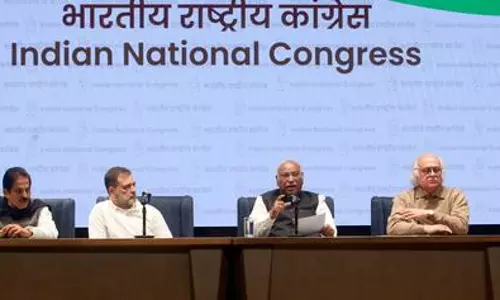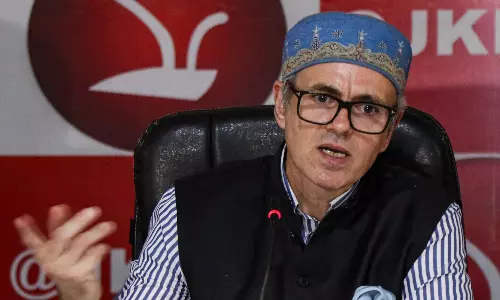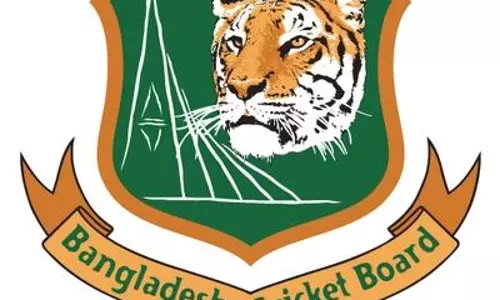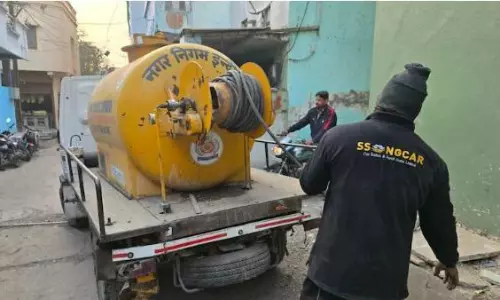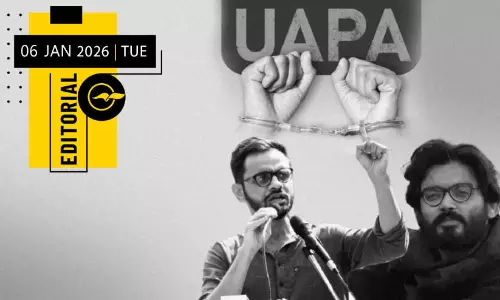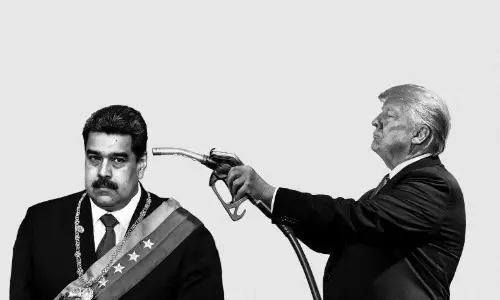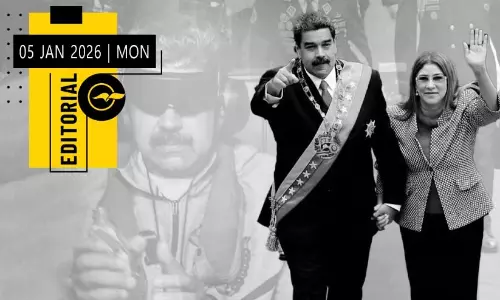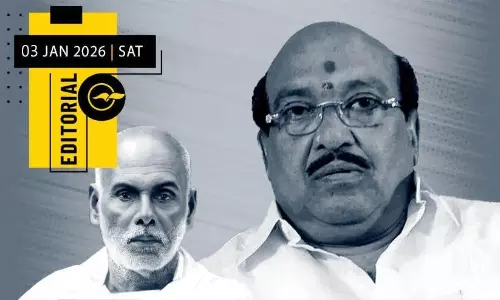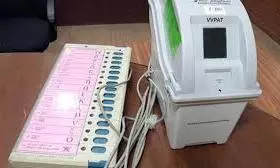
Judiciary's intervention in the reliability of the voting machine
text_fieldsYesterday, while the hearing was going on in the Supreme Court in a crucial case regarding the reliability of the Electronic Voting Machine (EVM), a new incident came to light to support the argument of the petitioners. Senior advocate Prashant Bhushan informed the court that in the mock poll held on Wednesday in the Kasaragod, Kerala Lok Sabha constituency, the voting machine showed that the BJP got one more vote than what was cast. The court is considering a petition seeking to count all the VVPAT (Voter Verifiable Paper Audit Trail) slips attached to the voting machine. What was reported in Kasaragod was also a problem with VVPAT. During the EVM inspection conducted in Kasaragod Govt. College, discrepancies were found in four machines. The inspection found that if one vote is recorded on the lotus symbol, it becomes two in VVPAT counting and even if one does not vote for the lotus, one vote is received in VVPAT. Officials explain that this is happening because he is the first candidate on the list and the first slip is not for counting. This matter reached the Supreme Court the very next day. The Election Commission first denied the news to the court which sought an explanation in this regard and later claimed that it was a technical error. While these arguments were going on in the court, the same mistake was repeated in the Pathanamthitta constituency. In the mock poll held there, the vote cast for UDF candidate Anto Antony went to BJP's Anil Antony. Votes were recorded incorrectly in five such machines.
Also read: There has to be sanctity," SC to election body in VVPAT case
The Supreme Court's intervention in this matter and the observations made by Justices Sanjeev Khanna and Dipankar Dutta are significant. The important thing is that the court was not ready to completely ignore the one-sided arguments of the Election Commission regarding the technology and working methods of the voting machine. All this time, the Election Commission tried to present it as a mere conspiracy theory when questions about the reliability of the voting machine were raised. However, the court reminded that the public is concerned about the transparency of EVM operations and said the Commission has the responsibility to dispel doubts. The court also says that one should not be over-suspicious about the voting machine. It can be said that this is a perfectly balanced observation. This approach leads to open discussion and debate without preconceptions, focusing on the essence of the subject. In that sense, the Supreme Court's intervention is laudable and historic, and this approach paves the way for an independent investigation without limiting the issue to a conspiracy. Therefore, believers in democracy have hope in this lawsuit. As pointed out by the Election Commission, counting the entire VVPAT slips as demanded by the petitioners and going back to the ballot are impractical. This is also confirmed by the court. Therefore, although we cannot expect any verdict as desired by the petitioners in this regard, we can hope that the present voting system can be improved and the election process made more transparent through the intervention of the court.
Also read: BEL engineers did not follow protocol: EC on extra slips with BJP symbols from VVPAT
But, some other issues remain unresolved in this court intervention. The concern about the voting machine was raised earlier due to the mysteries in the production and distribution of EVMs. And the application of EVM also created confusion. Even the voter has no opportunity to recognise whether the vote has been recorded for the intended candidate. This is a limitation of EVM even if the process is supposed to be transparent. All that voters can do is trust the machine and put their finger on it. The VVPAT system was introduced when this came up as a complaint. However, Kannan Gopinathan, who quit the IAS in protest against the anti-democratic policies of the Modi government, asserted that this is a bigger scam than the first. Since the VVPAT is not connected to the control unit of the voting machine, there is still no way to know whether the symbol displayed on the VVPAT is the same as the actual vote marked by the control unit. In other words, even counting the entire VVPAT will not make things transparent. It is only possible to know whether the maximum total number of votes is correct. Therefore, even if the verdict in this case before the Supreme Court is in favor of the petitioners, it cannot be expected to remove all concerns about the voting machine. Questions and concerns will still remain. We need a more transparent and scientific election system to address those concerns that have been upheld by the court.






